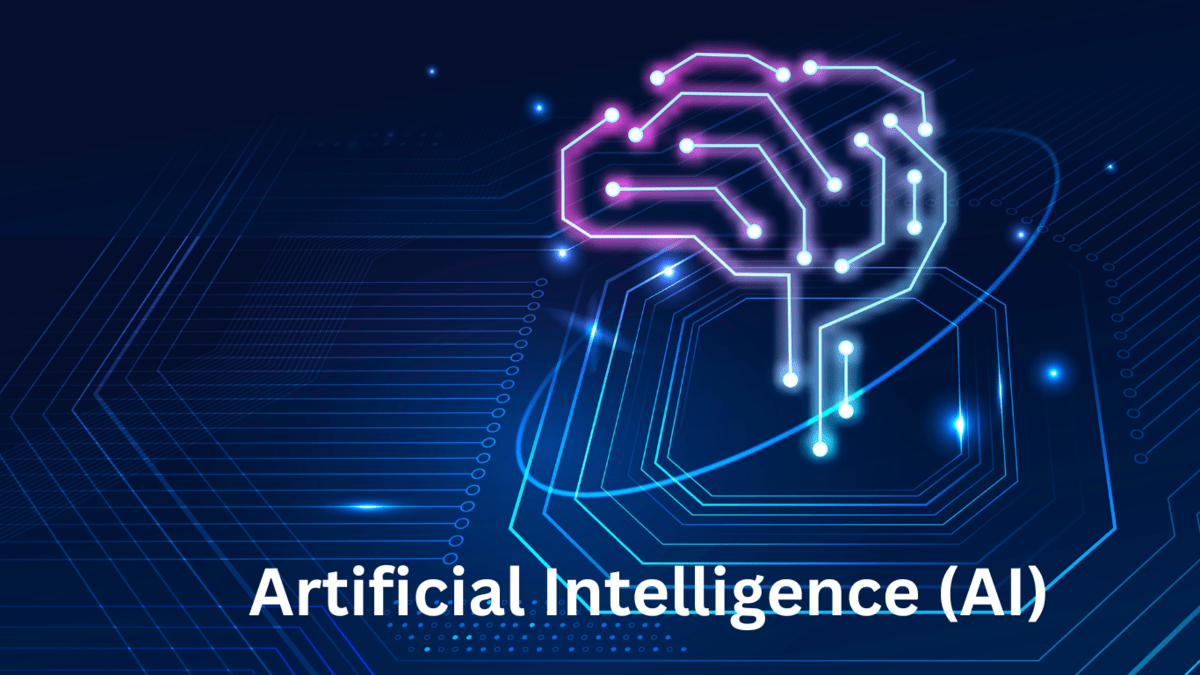Artificial intelligence (AI) is rapidly changing the world around us. It is being used to develop new products and services, automate tasks, and make better decisions. But what is artificial intelligence, and how does it work?
Defining artificial intelligence
Artificial Intelligence, commonly referred to as AI, is a field of computer science that focuses on creating intelligent machines capable of performing tasks that typically require human intelligence. These tasks include learning, problem-solving, understanding natural language, recognizing patterns, and making decisions. In essence, AI aims to replicate or simulate human cognitive functions in machines, ushering in a new era of technology that can adapt, learn, and evolve.
Types of AI
There are many different types of AI, but some of the most common include:
- Narrow AI: Also known as weak AI, narrow AI is focused on a specific task or problem. Examples of narrow AI include self-driving cars, chatbots, and facial recognition software.
- General AI: Also known as strong AI, general AI is a hypothetical type of AI that would have the ability to perform any intellectual task that a human can. General AI does not yet exist, but it is the ultimate goal of many AI researchers.
- Artificial Super Intelligence (ASI): ASI is a hypothetical type of AI that would be more intelligent than any human. ASI does not yet exist, and it is not clear if it is even possible to create it.
How Artificial Intelligence (AI) Works?
Data Collection:
At the core of AI is data. Massive datasets are collected, encompassing a wide range of information relevant to the task at hand. For example, to train an image recognition AI, a vast dataset of labeled images is required.
Data Processing:
The collected data undergoes preprocessing to make it suitable for the AI model. This involves cleaning, organizing, and transforming the data into a format that the machine can effectively analyze.
Training the Model:
Machine Learning (ML) is a subset of AI crucial to its functionality. During the training phase, the AI model is fed with the prepared data. The model learns patterns, associations, and relationships within the data, adjusting its parameters to improve accuracy over time.
AI relies on algorithms – sets of instructions or rules – to perform specific tasks. These algorithms are implemented in models, which are mathematical representations that can make predictions or decisions based on the patterns they learned during training.
Supervised and Unsupervised Learning:
In supervised learning, the model is trained on labeled data, meaning the correct output is provided during training. In unsupervised learning, the model explores patterns in unlabeled data, discovering inherent structures without predefined outputs.
Neural Networks:
Inspired by the human brain, neural networks are a common architecture in AI. They consist of interconnected nodes or artificial neurons that process information. Deep Learning, a subset of ML, involves complex neural networks with multiple layers (deep neural networks).
Natural Language Processing (NLP) and Computer Vision:
NLP enables AI systems to understand and generate human language, facilitating interactions between machines and users. Computer Vision empowers machines to interpret visual information, such as recognizing objects in images or videos.
Inference and Decision-Making:
Once trained, the AI model enters the inference phase. It applies its acquired knowledge to new, unseen data, making predictions, generating responses, or performing the specific task it was designed for.
Challenges and Considerations:
Bias and Fairness: AI models may inherit biases present in training data, leading to unfair or discriminatory outcomes.
Transparency: Complex AI models can be challenging to interpret, raising concerns about accountability and decision explainability.
Ethical AI Deployment: The responsible use of AI involves considering its impact on individuals, society, and privacy. Ethical guidelines are essential for the development and deployment of AI systems.
The Future of AI
As technology evolves, so does the landscape of AI. The future may see advancements in quantum computing, enhanced human-AI collaboration, and continuous efforts to address ethical considerations. Artificial Intelligence, with its boundless potential, is poised to redefine how we interact with technology and shape the world around us.

9 thoughts on “What it is Artificial Intelligence (AI) – How it’s Work?”